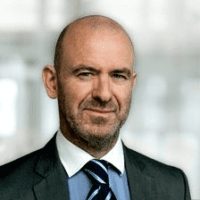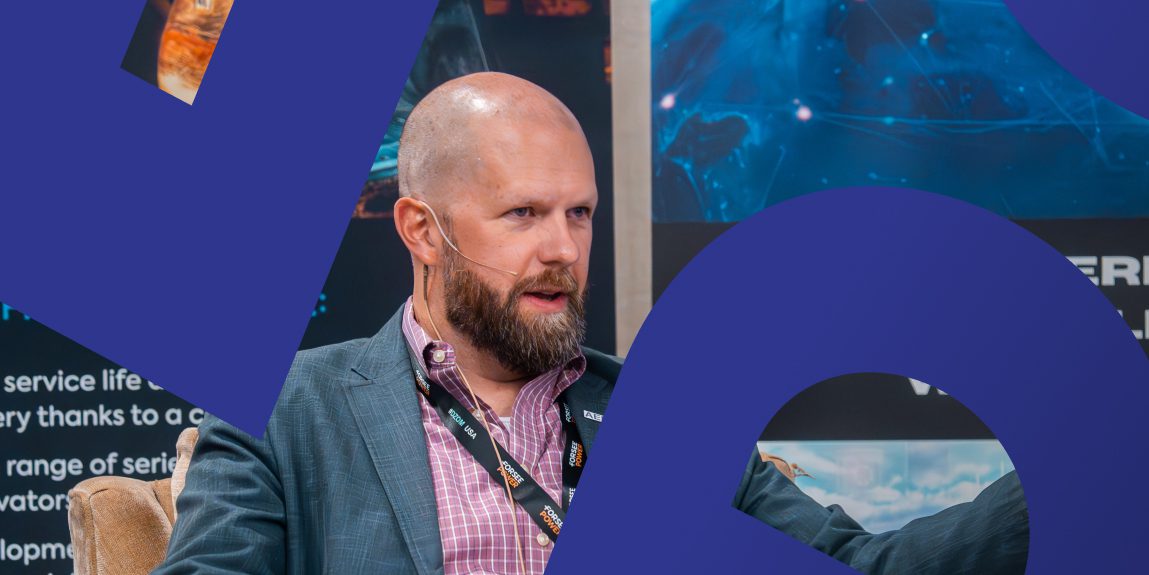Rental, Success Stories

By Bane Machinery
Rental Company


John Somers is a busy man. With the needs and requirements of 961 OEMs at last count in his in-tray for his role at the US’s Association of Equipment Manufacturers, that’s hardly surprising.
Those members range from the very big to the very small covering an array of products all the way from giant excavators down to road sweepers and asphalt pavers, in addition to component suppliers. And it’s his job as vice president, construction and utility to, among other things, manage, filter and indeed package their expectations to create clear messaging to all industry stakeholders, including at the state and national level.
And yet, says Somers, there is despite the disparity in size and scope evident in the member base remarkable unanimity about the issues that face construction and the topics that occupy first place in the in-tray.
“For us at AEM to really be able to do our job effectively, we do need to be working together with one, unified voice and it seems like our members are pretty much aligned with that,” says Somers. “Of course, we’re dealing in the broader issues but when we go to Washington DC or try to help our members at state level, it’s remarkably aligned.”
Given the challenges facing construction, the importance of that cannot be understated. Perhaps the most compelling in the immediate to mid-term is the labor shortage that has become endemic in US construction since the Global Financial Crisis of 2008 and the impact of COVID-19 when lots of workers left the industry.
“I read a report recently that shows more than a fifth of the workforce is over the age of 55 implying that the recruitment crisis will only worsen,” says Somers. “That’s consistent with what we are seeing in the industry and it’s becoming critical that we address how we can widen our appeal to all potential new recruits so we can plug this growing gap in the future.

“To some extent, this is a perspective issue and how we as an industry tell our story,” he says. “Construction is not the dirty, dangerous industry it once was and there’s a lot of jobs now that don’t require someone to be standing in a ditch digging with a shovel.”
Not that Somers is in anyway complacent about risk on the jobsite. The US Department of Labor statistics agency OSHA said there were 5,486 fatal work injuries in the US in 2022 with workers in the construction and extraction industries accounting for 1,056 of those. With safety on the jobsite paramount, the cost of handling the fallout from any incidents including retraining, compensation and the inevitable project delays that result, says Somers, means it tops the agendas of the vast majority of construction companies.
In that light, attracting women or a younger demographic to the industry is not easy but, he says, with attitudes within the industry changing, there is a growing recognition that it has to adapt and adapt quickly.
“I think technology can play a vital role in this because firstly it is helping to manage this transition by making more jobs automated and taking out some of the manual tasks from the jobsite,” he says. “Secondly, it has the capability to make the jobsite a much safer place and it’s already doing this. Access management may not be quite as developed here in the US as it is in Europe, but where safety is concerned, manufacturers and contractors are absolutely on board with any technological solution that can make the workplace as risk-free as possible.
“The most important thing here is to have people on board who can actually interpret the enormous amount of data and turn it into invaluable insights,” he says. “If that means reviewing operator behavior and providing additional trailing to someone who’s not got the skills to handle a dangerous piece of machinery, then that can only be good.”

Somers adds recruitment in itself would only partially solve the labor-shortage issue and it was up to the industry to create conditions in which new recruits could potentially flourish and develop a career. “This isn’t about just getting them into the industry,” he says. “It’s about taking care of them, onboarding them properly and then providing the right support for new workers to see this as the right place for them. That takes time and a bit of a cultural change.”
It also meant the industry had to wise up to the demands of the younger generation which, says Somers, increasingly wanted to know how seriously any given company is taking energy transition and sustainability issues.
“We’ve actually got a good story to tell here and at last, we’re beginning to tell it,” says Somers. “The OEMs and the contractors have been doing things to be more sustainable for 20 years, but they just haven’t put it underneath that umbrella.
“If you look at the tier-1 engines from the 1990s as an example and their carbon output, the engines today are so much cleaner but we just don’t talk about it,” he says. “Earth-moving equipment is another example where construction companies have been reducing fuel burn and their carbon footprint so we just need to be better at telling our story on all things sustainability.”
That’s a gap AEM has more than filled over the last two years. Reports covering construction equipment technologies and its benefits, moving forward with alternate power and off-road greenhouse gas protocols dominate its insights page and enable AEM to effectively educate its members running parallel to the emergence of competitive sustainability in North America.
“We‘ve seen this KPI-led competitive sustainability theme that is coming through the industry and although we feel it’s just starting to take hold, it’s about how we can make this align with bottom-line considerations for the majority of manufacturers and contractors,” he said. “It’s still largely the case that lowest bid wins contracts but that is beginning to change especially when we are looking at state- or national-mandated projects.”
While Somers understands regulation along the lines of California’s headlining efforts to curb emissions, he’s not convinced enforcing rules from the state and national level works.
“I’m more an advocate of incentivizing stakeholders to get change moving,” he says. “There was a tax incentive to buy Tesla’s electronic vehicles to the tune of around USD7,500 and sales took off. That makes more sense to me.”
“There was a tax incentive to buy Tesla’s electronic vehicles to the tune of around USD7,500 and sales took off. That makes more sense to me.”
Somers also has another nagging concern with regulation. “We talk about helping our members but we also find we have to spend a lot of time educating the regulators who may not necessarily understand every nuance of the industry,” he says.“They don’t necessarily understand the challenges or that off-road is significantly different to on-road. One way we’ve done this is through our event on the National Mall in DC.
“Let’s take a mini excavator that’s required to run on electrification for a given project, but there’s no outlet on the jobsite to plug it in. So you either pull a diesel generator to the site or you load it on a trailer back to HQ and plug it in. Either way, you’ve defeated the point of the regulation and there is no savings on emissions.”
It’s an argument that Somers stresses time and time again at state level and at Capitol Hill where AEM lobbies to make sure regulation accommodates the industry’s concerns.
However that pans out, AEM will continue to champion manufacturers in Washington. “In essence, the more we can harmonize regulation between states and at a national level, the easier it will be for the industry to navigate and put the right processes in place,” he says.
The Interview is a series of articles where we take time out with industry players that are trying to make a difference to construction. Check out some of our other interviews including Fabian Metzeler, Partner at McKinsey & Company, Clay Eubanks, Director of Global Sales at Takeuchi, and more.

